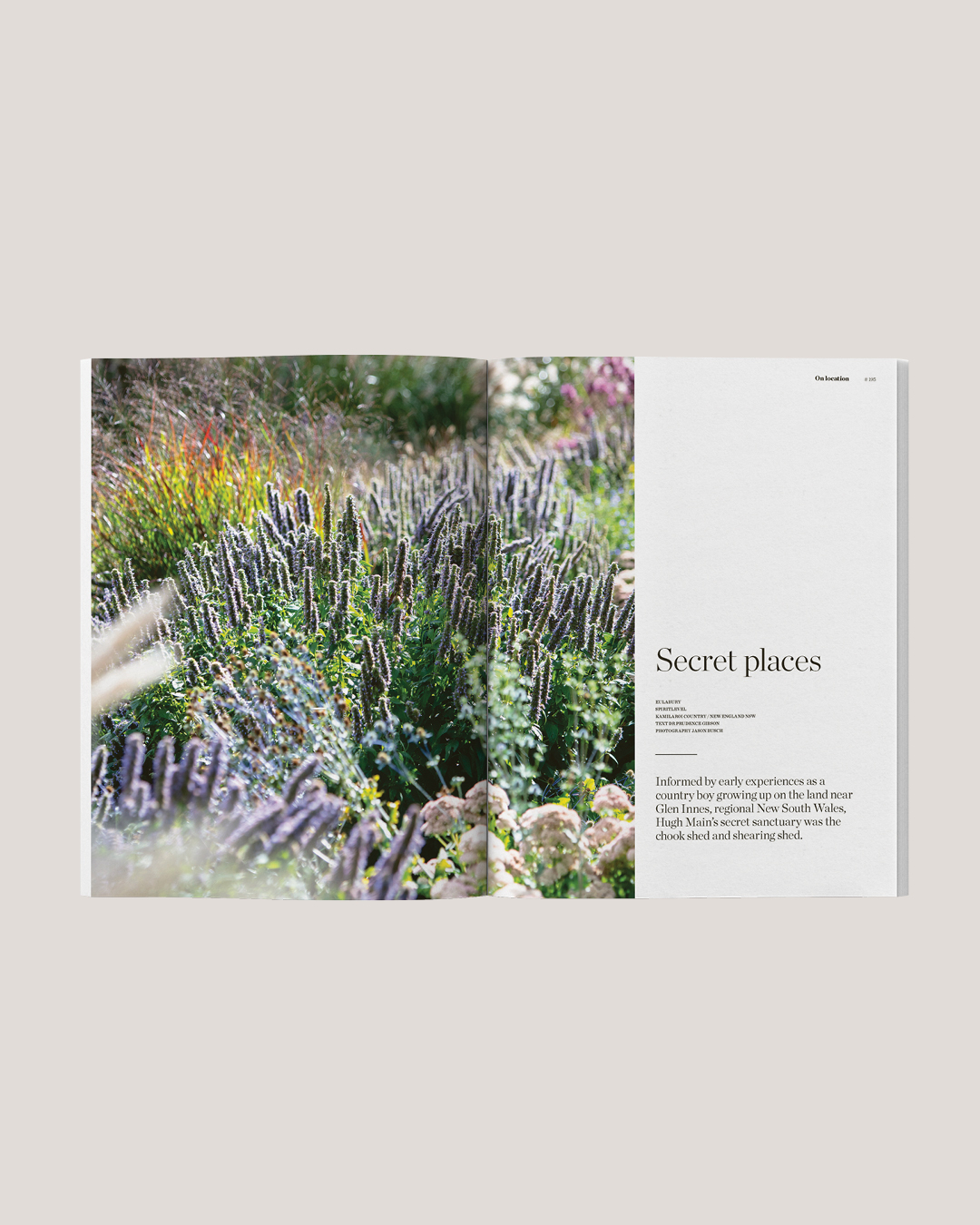In the heart of Fitzroy, dual Victorian terraces, weathered by over a century of urban life, stood as relics of another time. One had languished in disrepair for 35 years, abandoned and forgotten, while the other had retained its original form, a faithful yet listless example of Melbourne’s storied past. These residences, typical of their era, were never designed for today’s world — low energy ratings, poor natural light, draughty and built to endure summers before the invention of air conditioning (and they weren’t much good for that either). Yet, in a suburb where proximity to metropolitan community life and a patchwork of transport options define the desirability of a home, the question wasn’t why these houses were beloved, but how they could be restored to live another century with dignity and relevance.
For all their faults, the Fitzroy terraces represent the cultural heartbeat of Melbourne. So, when it came time to reconfigure these homes, it was not about preserving them as museum pieces or updating their aesthetic. It was about reimagining them for the future — designing spaces that are beautiful, functional, sustainable and forward-thinking.

“Anyone who knows Fitzroy knows it’s made up of relatively small terrace houses. Streetscape-wise, they are either single or double storey, oriented towards the street,” says David Nicholson, Director of RN+S. “In this case, it was unusual in the sense that we had a laneway positioned at the back, so we knew pretty quickly that the street frontage and laneway access were [mutually] important, as the occupants were most likely going to come and go from the laneway much more often.” This informed the decision to consider external elements and laneway access, with paramount weight given and considered to internal zones.
The residences share almost identical floorplans. The smaller of the two, otherwise known as 290, houses two original rooms at the front, which were converted to bedrooms, in addition to the master bedroom positioned at the rear and dual ancillary bathrooms. The expansive external deck, comprising an additional staircase to climb from the outside, leads down to the carport. The configuration of the latter, 292, conveys an identical floorplan with the addition of an internal courtyard and study zone.
Related: From Cézanne’s palette to Playpod Sanctuary

The renovation of these homes began with a vision that was as much about practicality as it was about preservation. The challenge was set: to retain their character while overhauling every aspect of their operation. With the owner’s commitment, the architect’s careful hand and the builder’s precision, these dwellings were remodelled. “The decision [on which original features to retain and where to make more drastic changes] was made for us,” says Nicholson. “We kept important features, replications of the cornices, skirting and ceiling heights. [However,] it was almost all replaced, as there was little we could salvage.”

From the outside, they remain the terraces that have lined the streets of Fitzroy for over a century, but step inside and a different narrative unfolds. Thickened walls now cradle high levels of insulation, offering warmth that the original builders could never have imagined. Floors were re-poured with double slabs, separating the homes from the cold, while UPVC double-glazed windows replaced the old leaky panes, improving energy efficiency and quietly nudging the homes towards their impressive 7- and 8-star energy ratings.
The process wasn’t without its trials — heritage overlays dictated changes to the roof forms, limiting the solar panel capacity on one terrace, while the other faced planning conditions that required additional windows, sacrificing some efficiency for natural light. “The other consideration that dictated the design was how to get light into the living spaces,” Nicholson adds. “If you keep the living on the ground floor, it has [a tendency to be darker and removed from access to the outside].” This alteration in the layout led the team to move the semi-private living spaces to the first floor, extending the open layout onto an external deck. But where these challenges arose, solutions followed. “If we were designing this property today, we would have had to achieve 7 stars by regulation anyway,” notes Nicholson.

The team sought to kill two birds with one stone with an already active impetus of remodelling: “We doubled the thickness of the walls, which meant we could double the quantity of insulation […] and insulate under all the flooring, including the concrete slab,” adds Nicholson. This was because the team was able to “improve the thermal performance.” High-efficiency appliances were chosen with care, each selected to support the overarching goal of sustainability. Miele’s suite of ten-year warranty appliances, sleek and understated, now quietly power the homes, while reclaimed timber floors and ceilings, Australian-made wool carpets and low-VOC paints create spaces that are as healthy as they are inviting. Nicholson says that integrating sustainable practices, not only in the energy performance but also in the choice of materials and craftsmanship, is always a starting point if the budget allows.
Solar panels, backed by Tesla Powerwalls, harness solar energy, while air conditioning systems and heat recovery units ensure these homes are equipped for Melbourne’s extremes, all without the heavy environmental footprint of their past. The materials, too, tell a story — reclaimed Messmate timbers, hand-crafted steel vanities and leathered granite benches speak to respect for history and craft, with every detail considered to ensure longevity.













Next up: Interiors shaped by outdoor spaces at Gardener’s House

